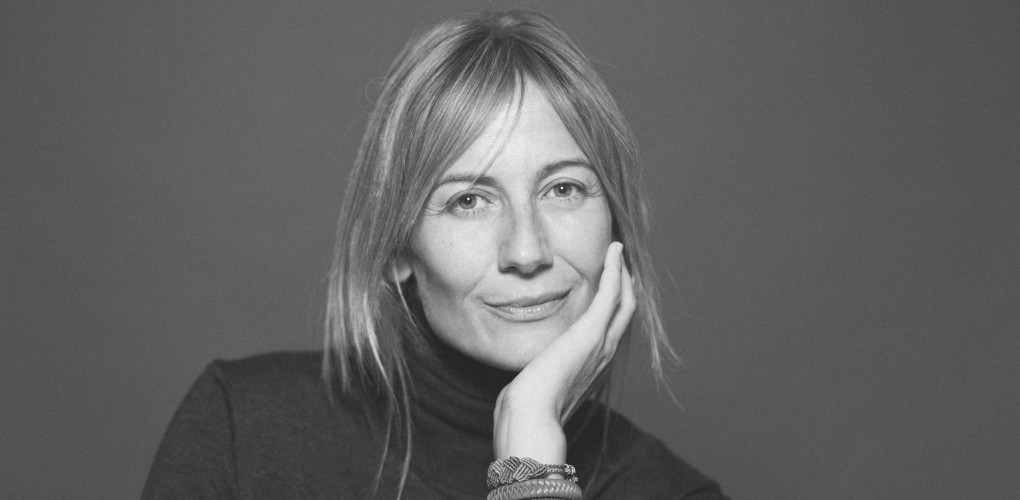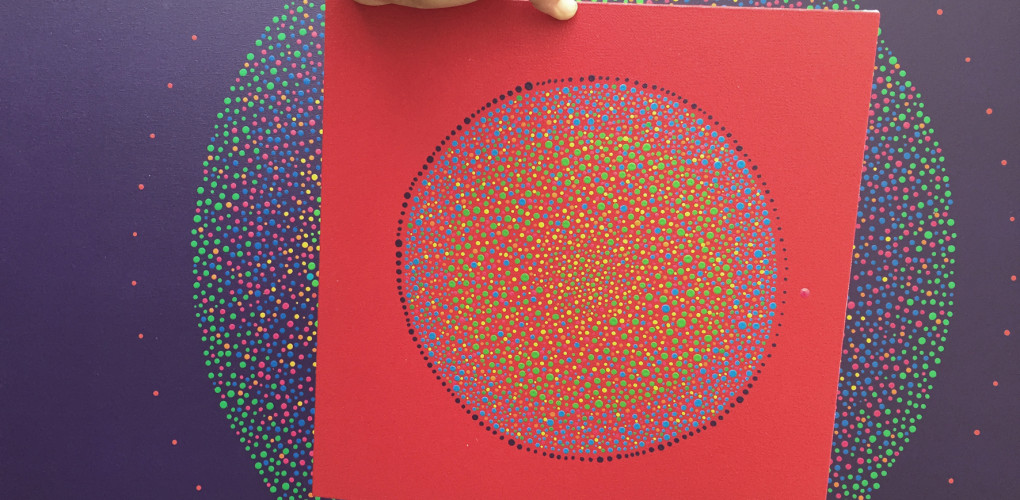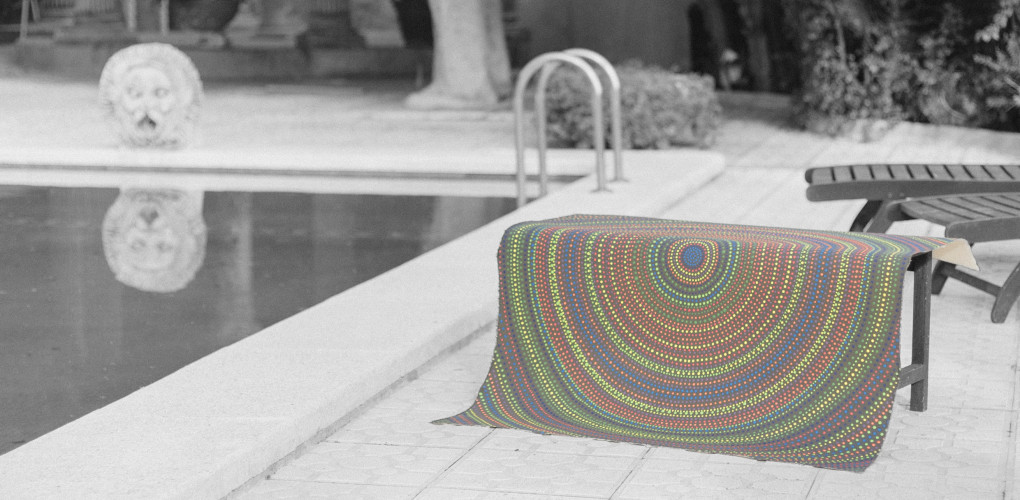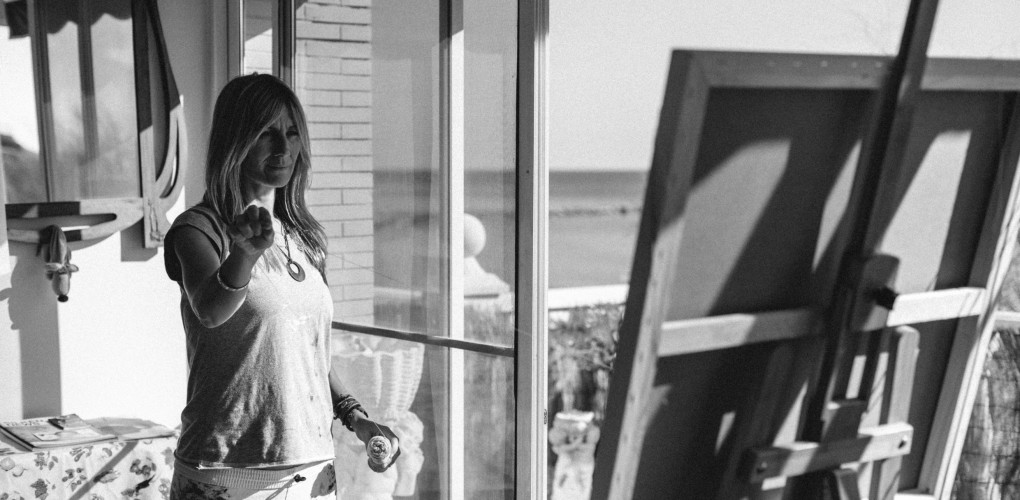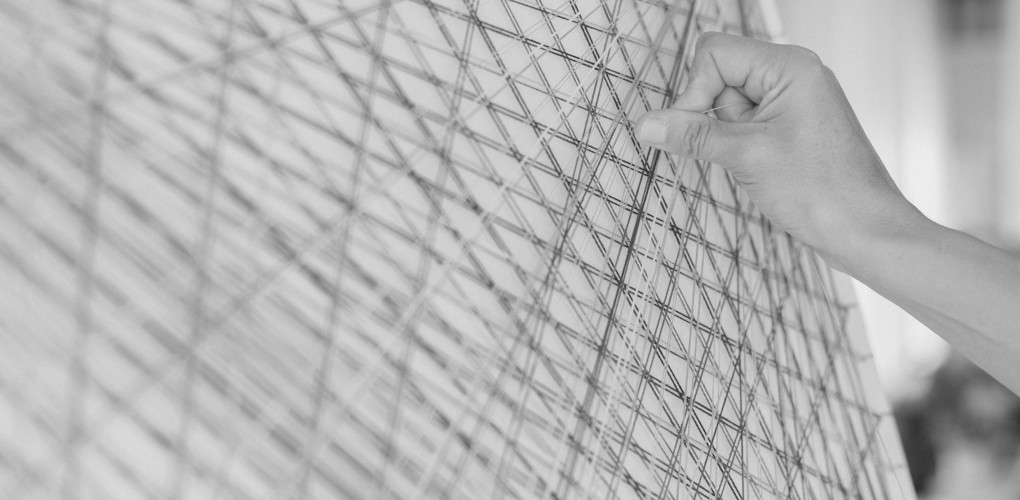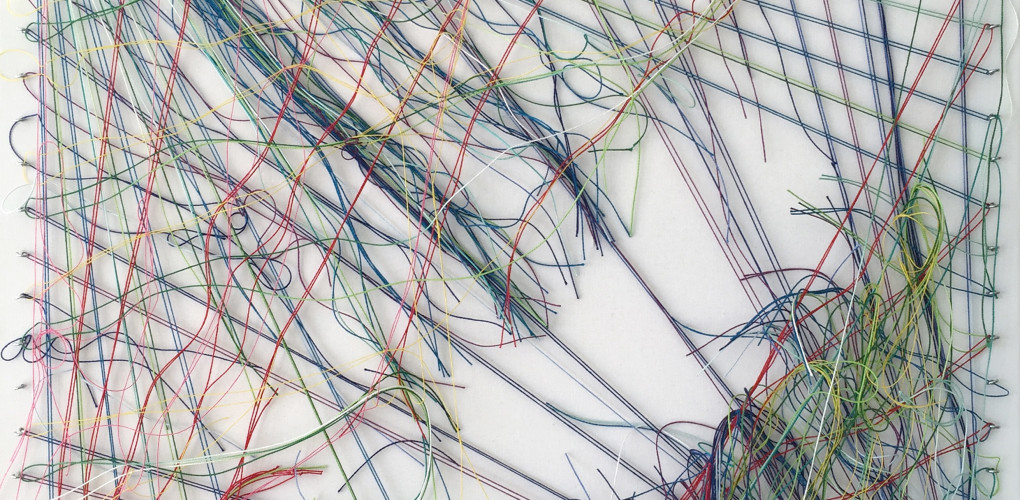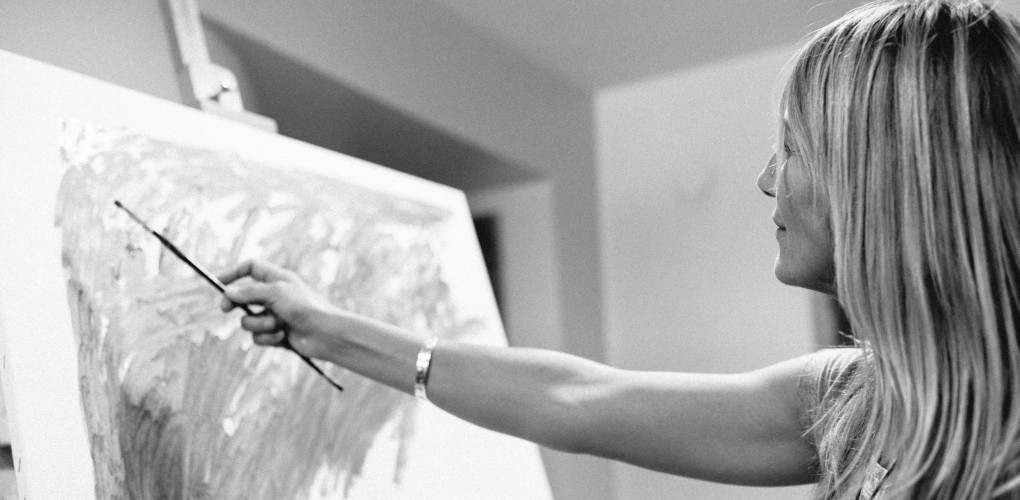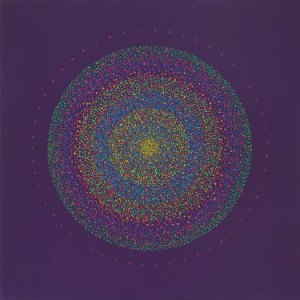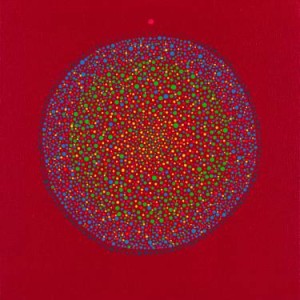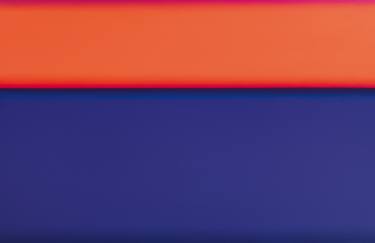Inside the Studio
 Patricia Bonet
Patricia Bonet
What are the major themes you pursue in your work?
The main topics that interest me are those that deal with “the stuff of life”, such as the type of things where the mundane and the spiritual overlap; they sometimes merge and at times are re-defined. Many of these “small things” are what link us all together.
Feeling part of this magical setting is fascinating. Being aware of the beauty of this great creation, taking its legacy and creating from the joy of life is a universal right. Therefore, my wish is to contribute to building a better world; a world at peace, where there is no deal without respect and humility. This is why I paint what I paint.
Although I consider myself a versatile painter, it is true that I have seen a progressive evolution tending more and more towards the abstract. I would like to gain access to purity and enjoy the freedom of what I understand as pure abstract–an abstract where reference disappears.
Colour is a field of research and the primary motivation for my development. It is infinite and dynamic, a driving force. Somehow it embodies the soul of the painting. It defines the “stuff of life”. Each one of our experiences gives meaning to our existence. Nothing more and nothing less.
What was the best advice given to you as an artist?
The three best pieces of advice that I always carry with me are:
- ALWAYS BE YOURSELF
(This was one of the few things my mother passed to me in life and still endures.)
- LOVE WHAT YOU DO
(Rafael Calduch: a great person, a master painter and friend; he is my reference in this regard. Pure passion!!! He is always encouraging me to “live” and always “create”.)
- BE PATIENT AND PERSEVERE
(Life itself gave me this lesson)
Each of these three “small” sentences embraces a great truth. Read them, internalize and practice them, and they will certainly multiply!
Prefer to work with music or in silence?
I believe that every moment and every situation requires a different disposition and attention.
For example my series, Imaginarium, was conceived entirely listening to classical music. I needed to find sensorial parallels between the musical forms, the paintings and other creations of life. But there are other collections such as Interlude that required total on the spot attention to transcend to that other reality from where things were revealed to me.
I am fortunate enough to create in a place where throughout the day you can listen to live soundtracks. For example, there are days when you can be surprised by symphonic tweeting, playful fluttering and even the sexual flirtations of seasonal birds. The sinuous sound of the sea is a constant, almost a classic; yet diverse and unpredictable; they always seduce me. Human echoes; the footsteps of people walking on wooden decking, or on cobble stones. Voices of a mother calling her child or a child whistling to his dog. Occasionally they are sounding horns. I can even hear my own breathing. Sometimes I surprise myself counting dots or another mathematical formula that transfers to the canvas; they are mentally sounds.
If you could only have one piece of art in your life, what would it be?
I would probably choose the large format abstract painting by Mark Rothko No. 61. Not that I would not mind his creations numbers 6, 2, 9, 3, 13.
Other works I love include: Dog semi.submerged by Francisco de Goya; The Origin of the World by Gustave Courbet; Luncheon on the Grass by Edouard Manet; The Death of Marat by Jacques Louis David; In Bed: The Kiss by Toulouse-Lautrec; The Two Fridas by Frida Kahlo, and Freischwimmer by W.Tilmans.
Who are your favorite writers?
In general I am more inclined towards essays than novels. Poetry seduces me. I like articles about current issues, monographical and biographical in specialized magazines.
Curiously, perhaps, I like writers as diverse as Dalai Lama, Kant, García Lorca, Wilde, Sun Tzu, Unamuno, Eco, Edgar Allan Poe, Blay, Lippard, Bécquer, Bertrand, Borges, Barthes, Marina, Calderon de la Barca, Homer, Byars, etc.
Schopenhauer, Kandinsky, Klee and Rothko were some important turning point in my 20s. Something similar happened a little later with Duchamp, Deleuze, Teneda Santoka and Frida Kahlo. Today, in my 40´s, that kind of transgression would possibly also allow J. Krishnamurti.
I love writers on the street who approach and surprise you with their stories while you buy them a beer or coffee on a terrace, as well as those that improvise poems. Or people for whom age does not count, and sit next to you on a bench in a square, and along the way, will tell you their stories of battles. And one, when travelling, whether with a suitcase or just passing through, almost always finds a good story to hear, a “writer” with experience to learn, something of “the stuff of life” to share.
